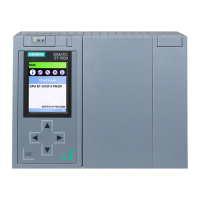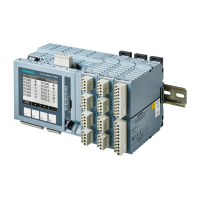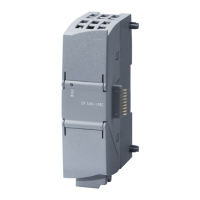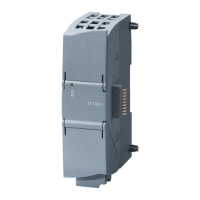Supplementary information
16.12 Link-up and update sequence
CPU 410-5H Process Automation/CPU 410 SMART
System Manual, 10/2013, A5E32631667-AA
263
3. The execution of OB 1 and of all OBs up to priority class 15 is delayed.
In the case of cyclic interrupts, the generation of new OB requests is disabled, so no new
cyclic interrupts are stored and as a result no new request errors occur.
The system waits until the update is completed, and then generates and processes a
maximum of one request per cyclic interrupt OB. The time stamp of delayed cyclic
interrupts cannot be evaluated.
4. Transfer of all data block contents modified since link-up.
5. The following communication jobs are acknowledged negatively:
– Reading/writing of data records using HMI functions
– Reading diagnostic information using STEP 7
– Disabling and enabling messages
– Logon and logoff for messages
– Acknowledgement of messages
6. Initial calls of communication functions are acknowledged negatively. These calls
manipulate the work memory, see also
System Software for S7-300/400, System and
Standard Functions
. All remaining communication functions are executed with delay, after
the update is completed.
7. The system disables the generation of new OB requests for all OBs of priority class > 15,
so new interrupts are not saved and as a result do not generate any request errors.
Queued interrupts are not requested again and processed until the update is completed.
The time stamp of delayed interrupts cannot be evaluated.
The user program is no longer processed and there are no more I/O updates.
8. Generating the start event for the cyclic interrupt OB with special handling.
Note
The cyclic interrupt OB with special handling is particularly important in situations where
you need to address certain modules or program parts within a specific time. This is a
typical scenario in fail
-safe systems. For details, refer to the
S7-400F and S7-400FH
and
S7-300 Automation Systems, Fail-safe Signal Modules
To prevent an extension of the special cyclic interrupt, the cyclic alarm OB with special
handling must be assigned top priority.
